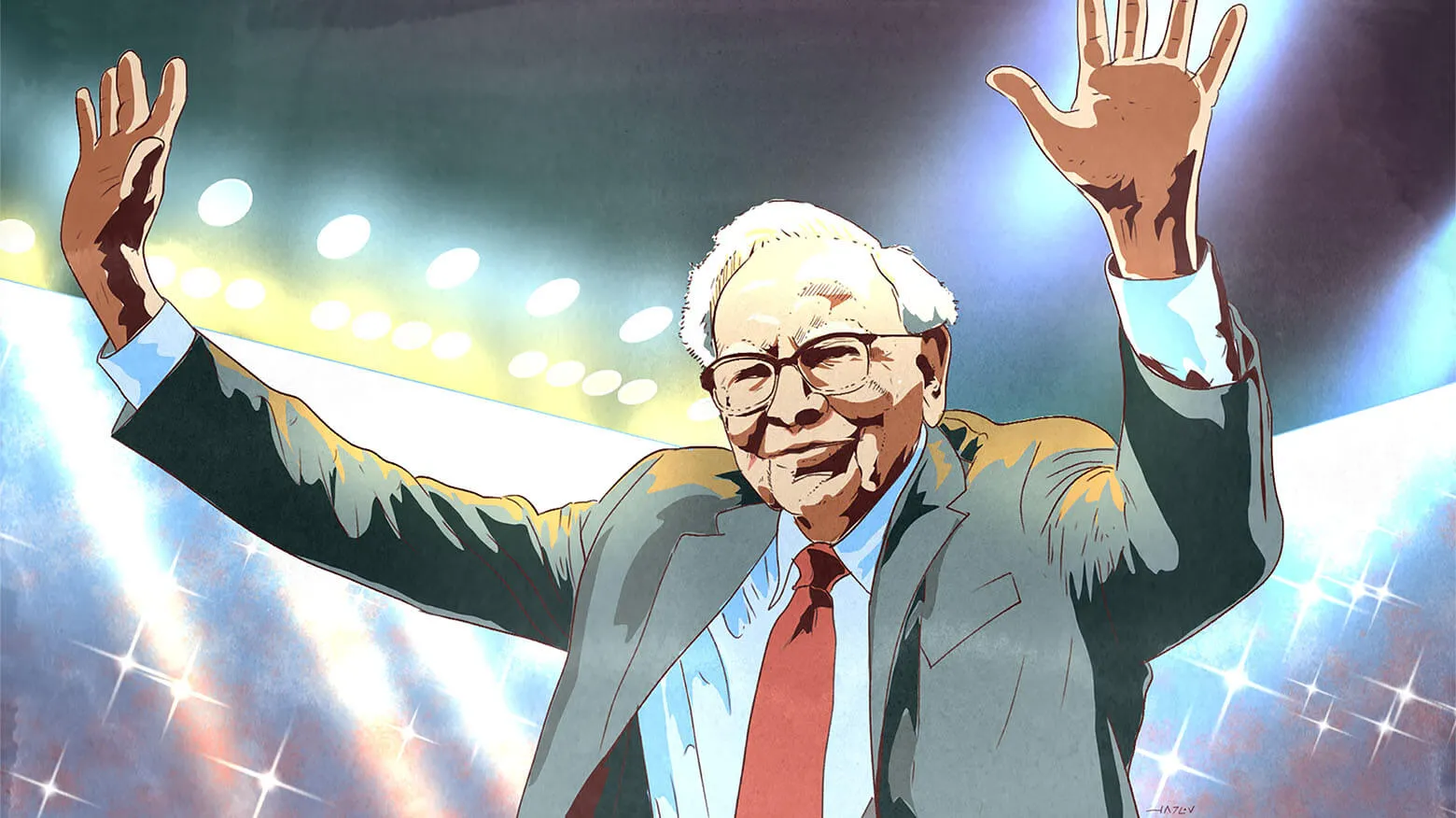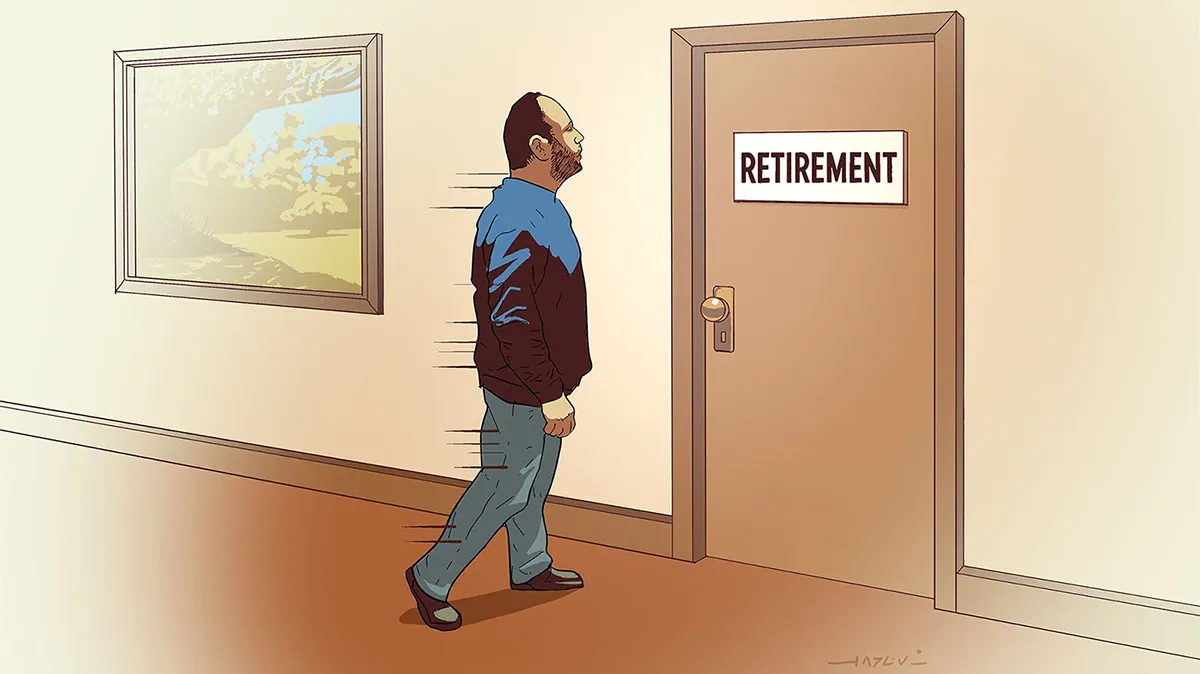David Rosenberg, ex-Chief Economist with Merrill Lynch, now with Gluskin Sheff, kindly mentioned my book in his research on Monday.
Vitaliy Katsenelson, a Denver-based money manager who recently wrote a bible of a book on investing (we had the honor of reading the manuscript) is featured on page 14 of Barron’s. He stated that he is looking for a “sideways” market and screening for “companies that have a lot of cash.” He himself has a ton of cash too — a 35% cash position and lays out the reason very clearly — nobody “can win buying an overvalued asset and hoping it will appreciate.” Well, at least there are a couple of seasoned professional investors out there who understand what the risks are.
Here is the Barron’s article he was referring to:
VITALIY KATSENELSON, a Denver money manager who is considered one of the bright young minds in the investment world, is neither a bull nor a bear. He is a “sideways” investor, convinced that the stock market is stuck in the midst of a secular trading range that’s going to persist for many years. Hence, the title of his most recent book, “The Little Book of Sideways Markets.” In his tome, Katsenelson sums up his investing philosophy this way: “Being a contrarian thinker or an independent thinker is vital for success in sideways markets.”
Katsenelson, who grew up in the Russian navy town of Murmansk before emigrating to the U.S. in the early 1990s, observes that a similar range-bound market occurred from 1966 to 1982. The problem with such markets, he says, is that while corporate earnings can grow at a decent clip, price-earnings ratios compress, squeezing equity prices, often for decades. He also is the chief investment officer of Investment Management Associates, which has about $60 million under management. From Dec. 31 of 2005 through the end of this year’s third quarter, the average annualized performance of the active value accounts was 4.1%, net of fees, versus 0.2% for the S&P 500. Barron’s caught up with him this week during a visit he made to New York. He takes a dim view of QE2, the second wave of the Federal Reserve’s plan to buy more Treasuries. The intention is to push down rates to spur the economy, but that hasn’t worked out yet as yields have backed up.
As Katsenelson sees it, the Fed is trying to push investors into riskier assets such as higher-yielding bonds or stocks: “For a lot of investors, it’s a game they can’t win–buying an overvalued asset and hoping it will appreciate.” He isn’t buying much himself these days. Katsenelson has a 35% cash position, in part because “the market is not cheap.” He’s also concerned about China, where in his view the demand for commodities is “not sustainable.” So what kinds of stocks suit his fancy these days? “I want to own companies that have a lot of cash,” he says. That includes Pfizer (ticker: PFE), the pharmaceutical giant whose shares have been a big disappointment (For more on Pfizer, see “Feeling Better About Pfizer“). At 17 and change last week, the shares fetched about 7.4 times the $2.29 share analysts expect the company to earn next year. Yes, it has impending pipeline problems, in particular Lipitor, the blockbuster cholesterol drug. But he sees very little downside given the company’s financial strength and the steps it’s taking to develop new drugs. Another of his favorites is National Grid (NGG), a U.K.-based company that delivers gas and electricity to customers, including some in Long Island and New England. It has the added protection of a 4.7% dividend yield.
[Data services often misquote dividend yields of British companies as they usually pay two unequal dividends. Actual dividend yield of NGG is north of 6%]
I was on the Gabe Wisdom radio show on Monday.









0 comments